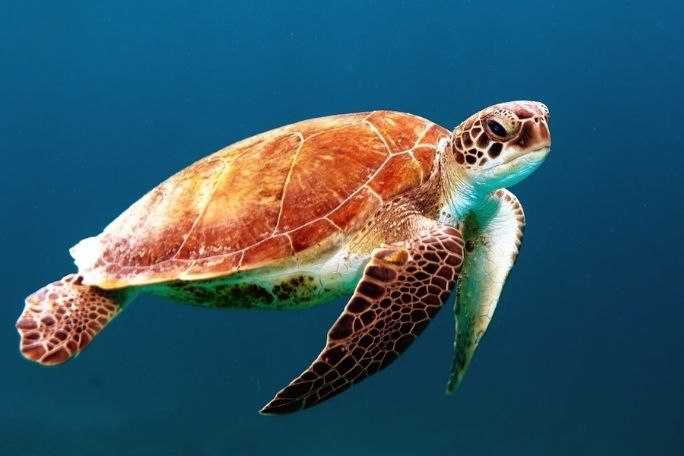Lesson summary
In this lesson students investigate their connection to the ocean through one or more activities. There are a range of topics and activities relating to our connection to the ocean; you could choose to complete just one of these tasks or a range of tasks, giving you the opportunity to deepen student understanding of our need for and impact upon the ocean.
Learning intentions:
Students will...
- understand some of the ways we are connected to the ocean
Success criteria:
Students can...
- undertake primary and/or secondary research to answer questions
- work individually and collaboratively
Lesson guides and printables
Curriculum links
Select your curriculum from the options below.
Lesson details
Curriculum mapping
Australian curriculum content descriptions:
Depending on the activities you choose, you may meet the following content descriptions:
Year 4 HASS:
- The importance of environments, including natural vegetation, to animals and people (ACHASSK088)
- Locate and collect information and data from different sources, including observations (ACHASSI074)
Year 4 Science:
- Natural and processed materials have a range of physical properties that can influence their use (ACSSU074)
Year 5 HASS:
- The influence of people, including Aboriginal and Torres Strait Islander Peoples, on the environmental characteristics of Australian places (ACHASSK112)
- Locate and collect relevant information and data from primary sources and secondary sources (ACHASSI095)
Year 5 Science:
- Solids, liquids and gases have different observable properties and behave in different ways (ACSSU077)
Year 6 HASS:
- Locate and collect relevant information and data from primary sources and secondary sources (ACHASSI123)
Syllabus outcomes: GE2-1, GE2-2, GE2-3, GE2-4, GE3-2, GE3-3, GE3-4, ST2-13MW, ST3-12MW
General capabilities: Critical and Creative Thinking, Literacy
Cross-curriculum priority: Sustainability OI.2, OI.3, OI.7, OI.9
Relevant parts of Year 4 HASS achievement standards: Students identify the interconnections between components of the environment and between people and the environment. They locate and collect information and data from different sources, including observations to answer these questions.
Relevant parts of Year 5 HASS achievement standards: Students identify and describe the interconnections between people and the human and environmental characteristics of places. They locate and collect data and information from a range of sources to answer inquiry questions.
Relevant parts of Year 5 Science achievement standards: Students apply the observable properties of materials to explain how objects and materials can be used.
Relevant parts of Year 6 HASS achievement standards: Students describe how people, places, communities and environments are interconnected. They locate and collect useful data and information from primary and secondary sources.
This lesson is part of the wider unit of work Take 3 For The Sea – Project-based Learning – Years 4 to 6
Time required: 60+ mins
Level of teacher scaffolding: Medium to high – will depend on activities chosen. These could include leading class discussions, overseeing activities, and conducting experiments and demonstrations.
Resources required
- BOLTSS Map Conventions
- Device capable of presenting a website and video to the class
- How To Be Persuasive
- Interview Tips
- Lab Safety Rules
- Microplastics Factsheet
- Online Search Strategies
- Outdoor Learning Tips
- Photosynthesis Image
- Oxygen And Plants Experiment
- Plastic Waste Breakdown Experiment
- Plastic Waste Links
- Survey Tips
- Waste Safety Code
- Water Cycle Demonstrations
Skills
This lesson is designed to build students’ competencies in the following skills:
- Communication
- Collaboration
- Creativity
- Critical thinking
Additional info
Take 3 is an Australian charity removing rubbish from the environment through education programs, international campaigns and clean-ups. Take 3’s call to action is simple: Take 3 pieces of rubbish with you when you leave the beach, waterway or… anywhere and you have made a difference.


Welcome back!
Don't have an account yet?
Log in with:
Create your free Cool.org account.
Many of our resources are free, with an option to upgrade to Cool+ for premium content.
Already have an account?
Sign up with:
By signing up you accept Cool.org's Terms and Conditions(Opens in new tab) and Privacy Policy(Opens in new tab).